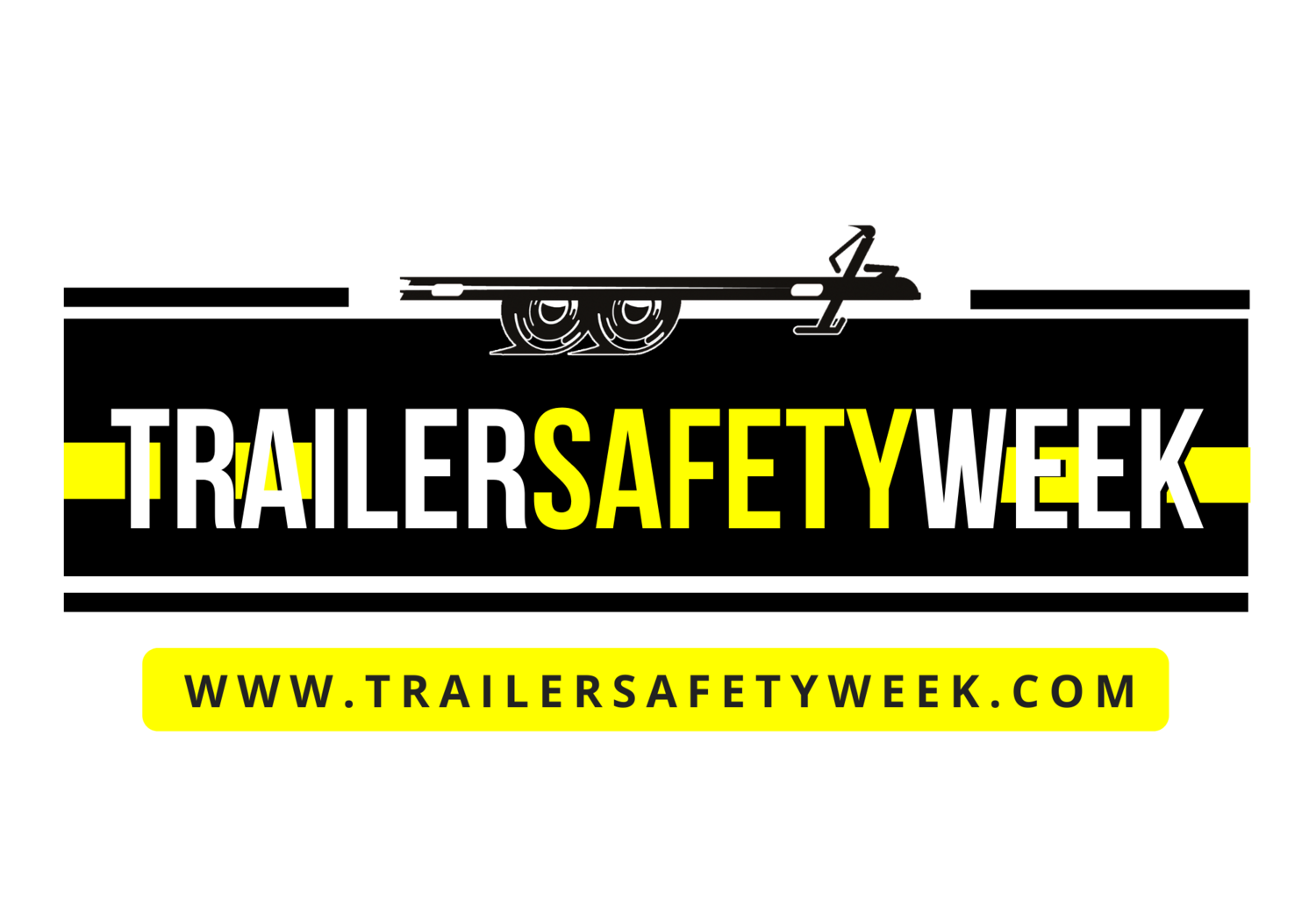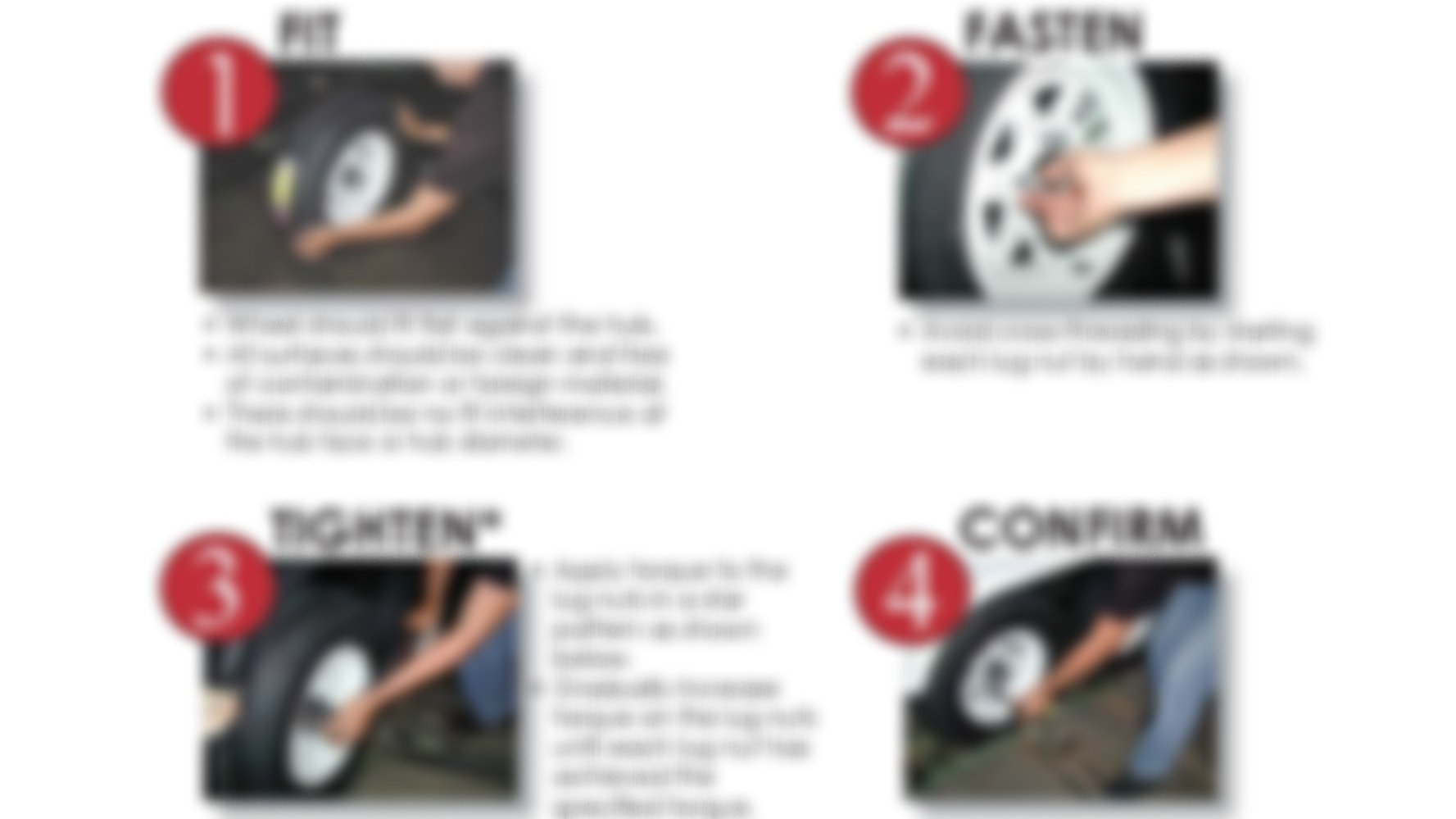Towing a trailer can be a convenient way to transport goods, but it also poses certain risks, the most significant of which is trailer sway, commonly known as fishtailing. This phenomenon can be alarming and, if not managed properly, can lead to dangerous situations on the road. Understanding the causes of trailer sway and implementing strategies to prevent it can help ensure a safer towing experience.
How To Torque Trailer Lug Nuts A Step-by-Step Guide
Secure Your Safety: Why Lug Nut Torque Matters for Your Trailer
When it comes to your trailer’s wheels, torque is everything. Torque is the force that secures the lug nuts to the wheel studs, keeping the wheel attached to the hub. If lug nuts are under-tightened, the wheel can loosen over time, leading to vibrations, wear, or even complete wheel detachment — a frightening and hazardous situation for any road user. On the flip side, over-tightening can stretch the wheel studs beyond their yield point, weakening their structural integrity and increasing the risk of failure. Either scenario can lead to serious damage and danger on the road.
Essential Tips for Safe Trailer Loading
Choosing the Right Tow Vehicle: Essential Tips for Towing Success
Avoiding Hitch Mishaps: Educating Consumers on Proper Trailer Towing Practices
Safety Tips for Driving with a Trailer
Towing requires coordination among several elements: the driver, tow vehicle, and trailer, each playing a crucial role in the towing process and safety of the setup. The driver's responsibilities include choosing the appropriate tow vehicle and trailer for the load, connecting the unit, loading it correctly, steering, controlling speed, and braking. Every aspect of the tow vehicle and trailer influences the towing process. Maintaining safe and proper driving practices is essential for trailer safety. Drivers should stay focused and minimize or eliminate distractions.
Ensuring a Safe Connection: A Step-By-Step Trailer Hitching Guide
5 Tips for Hooking Up a Trailer by Yourself
Connecting your trailer to your vehicle involves positioning the vehicle near the trailer, attaching the coupler, securing the safety chains, and connecting the wiring harness. This task demands patience and meticulous attention. While it's ideal to have a companion assist you, we understand that many individuals nationwide have to handle trailer hook-ups solo.
Readying Your Trailer for Spring
It’s time to get your trailer ready for warmer weather! After a long winter sitting unused, make sure your trailer is safe before you hit the road. Below are recommendations for readying your trailer for use. For more information about safe trailering and proper maintenance, visit www.TrailerSafetyWeek.com.











